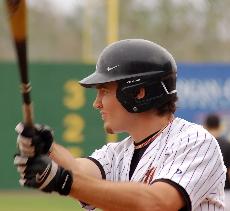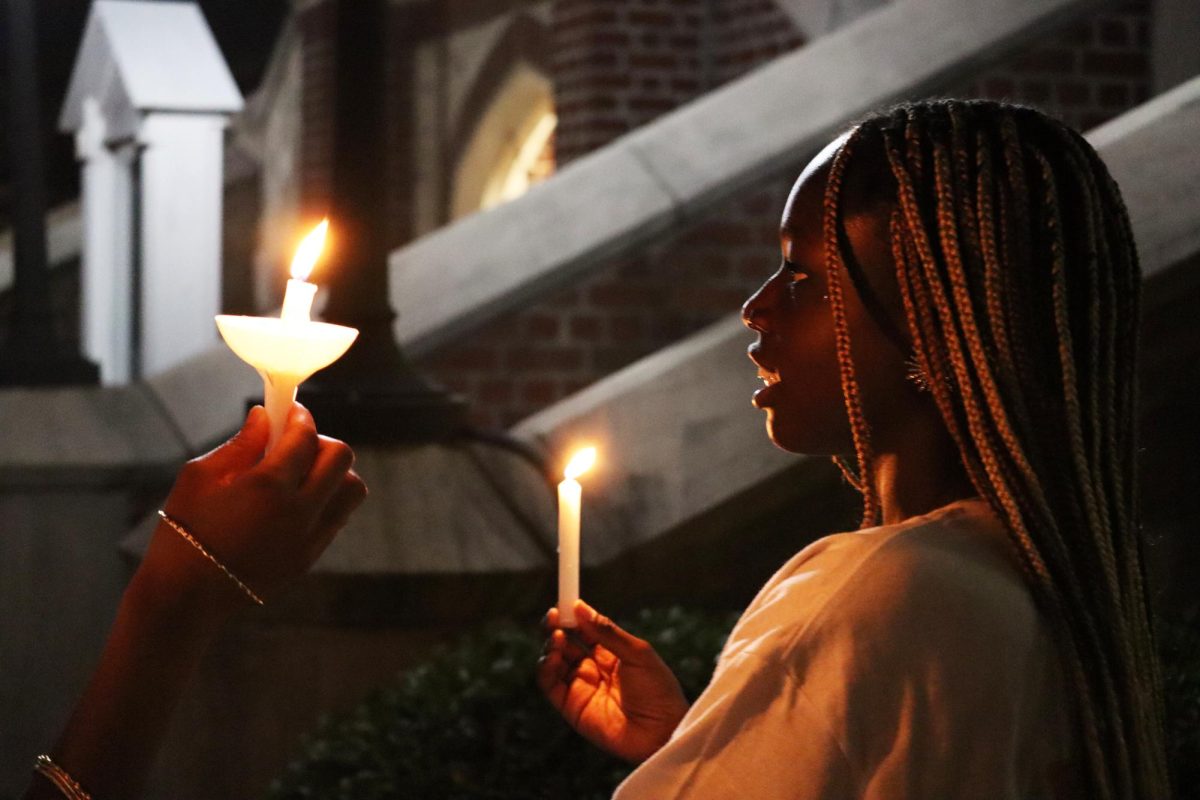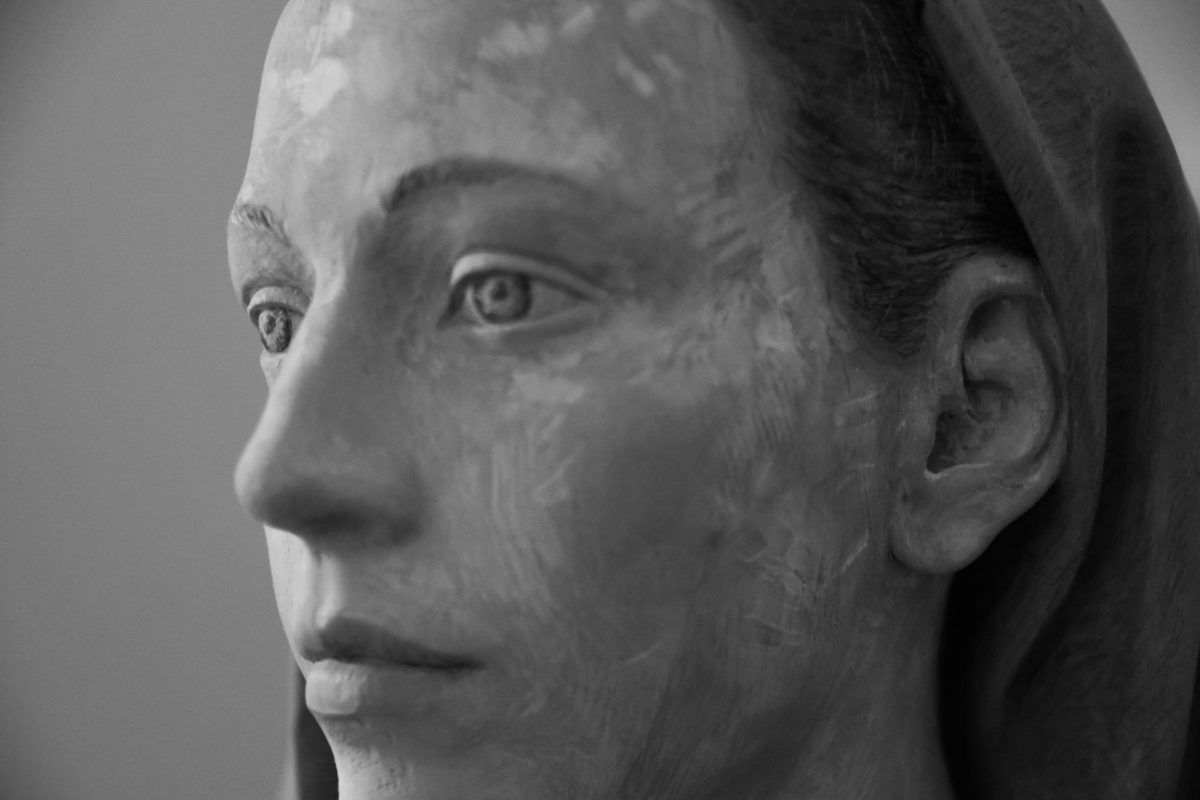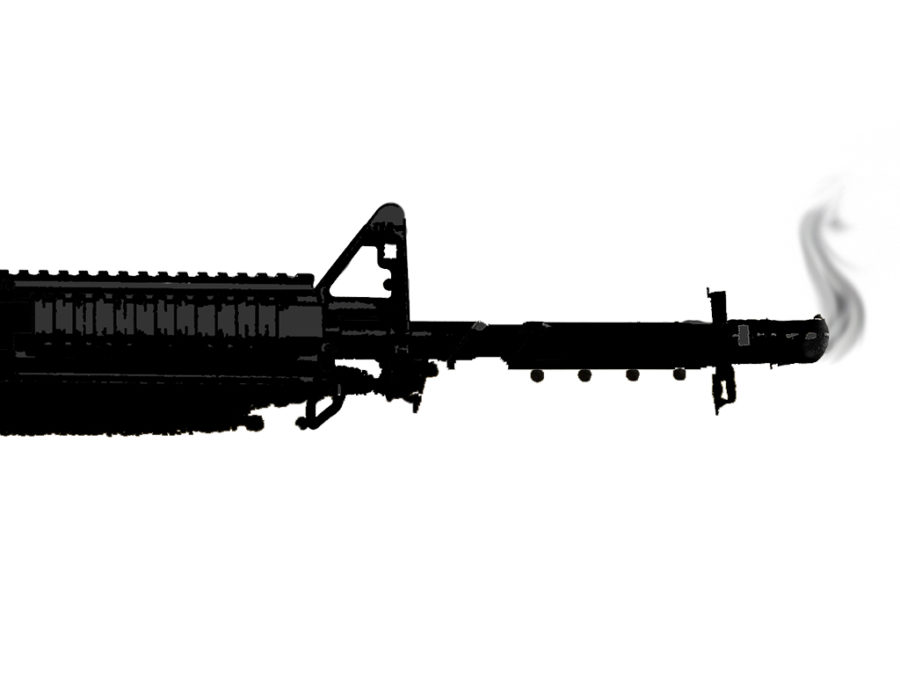It looks like baseball is here again. Last Saturday, as temperatures drifted in the mid 80s, three of baseball’s biggest stars excelled on the diamond. Slammin’ Sammy Sosa knocked a grand slam to raise his homerun total to four for the spring, tops on the team. Randy Johnson threw his 94 mph fastball while striking out three batters. And Ken Griffey Jr. smacked a double, bringing his spring training average to .500.
Sounds about right, doesn’t it? We all remember Sosa hitting 60 homers for three consecutive years, winning the hearts of baseball fans in the process. Who could forget The Unit’s perfect game? And be honest, how many of you still salivate over Junior’s rookie card?
But not so fast. Yes, Sosa is having a good spring, but he hasn’t played ball in a year. He’s also returning from several injuries, including back troubles triggered by – get this – sneezing. Johnson, who will be 43 when he throws his first pitch, seems to be just as much of a liability for injury.
And Griffey’s .500 average? Well, that double put him at 2-for-4 for the day and the season. He was playing his first game back after spending time on the DL with a hand he broke while wrestling with his kids. Yes, you read that right. You can’t make this stuff up.
The point is the stars in baseball don’t stay the same. They’re human, and therefore, some players will be tremendous for one year and stink the next. Albert Pujols, the current face of baseball, could fall off a cliff next year and never recover. The trick for fantasy baseball players is to figure out which players will boom and which will bust.
But how hard is it to do that? And more importantly, just what is fantasy baseball?
Wikipedia calls it a “game whereby players manage imaginary baseball teams based on the real-life performance of baseball players and compete against one another using those players’ statistics to score points.” Basically, your fantasy teams only do as well as the players you own.
Is Sosa still looking so enticing now?
Fantasy baseball players, named “owners,” earn the rights to a player through a draft that begins before the season. A typical league will consist of 12 owners, each having 24 players on his roster. Throughout the draft an owner will have to pick players to play each position – from first base to starting pitcher.
The ultimate goal is to excel in 10 categories: five for pitching and five for hitting, depending on each league’s settings. An owner needs to find a good balance between the two when selecting players for a draft.
But what players do you go for?
Very few batters are able to contribute to all five of the five hitting categories (average, runs, runs batted in, home runs and stolen bases), and no pitchers contribute to all five of theirs (ERA, WHIP, strikeouts, wins and saves), since starting pitchers don’t contribute in saves and most closers don’t gain wins.
“I go over stats and use common sense,” said mass communication senior Andy Rodriguez. “Perfect example: first baseman for the (Philadelphia) Phillies, Ryan Howard. He boiled up last season, but I wouldn’t take him. For the simple fact he might not be able to put up as good numbers as last year.”
Health and playing time are also issues that need to be considered. What good is it to have a pitching ace like Pedro Martinez if he’s injured all the time? And a young stud like B.J. Upton, who steals bases and hits homers, is useless if his team doesn’t play him.
“Drafting depends on how much I know about certain guys,” said finance senior Marc Jaynes, who plays first base for the ‘Pack. “If I have heard good things about a rookie that will be getting a lot of playing time this season, I’ll take a chance with him in the later rounds.”
And if you’re drafting for the first time this year, make sure you do some research first. Pick up a fantasy baseball magazine from the corner store, scour the Internet for information and watch lots of baseball when the season starts.
“I watch SportsCenter every night, and I look at box scores. I also have MLB on XM Radio, so I listen to that a lot,” said Jaynes, who also takes care to not overvalue experts’ opinions. “I don’t like listening to experts because it’s their opinions. I like using my own personal knowledge about players by actually watching them.”
So if you’re going to do a draft for the first time this year, make sure you’re getting guys who will contribute for you. Cal Ripken stopped adding to his consecutive game streak nearly a decade ago when he retired. But Miguel Tejada, who plays shortstop for the Orioles just like Ripken did, has an impressive 1,080-game streak of his own and can certainly help your team. And that’s all that matters.
Chad Bower can be reached at [email protected].
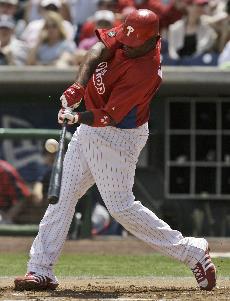
(AP Photo)


